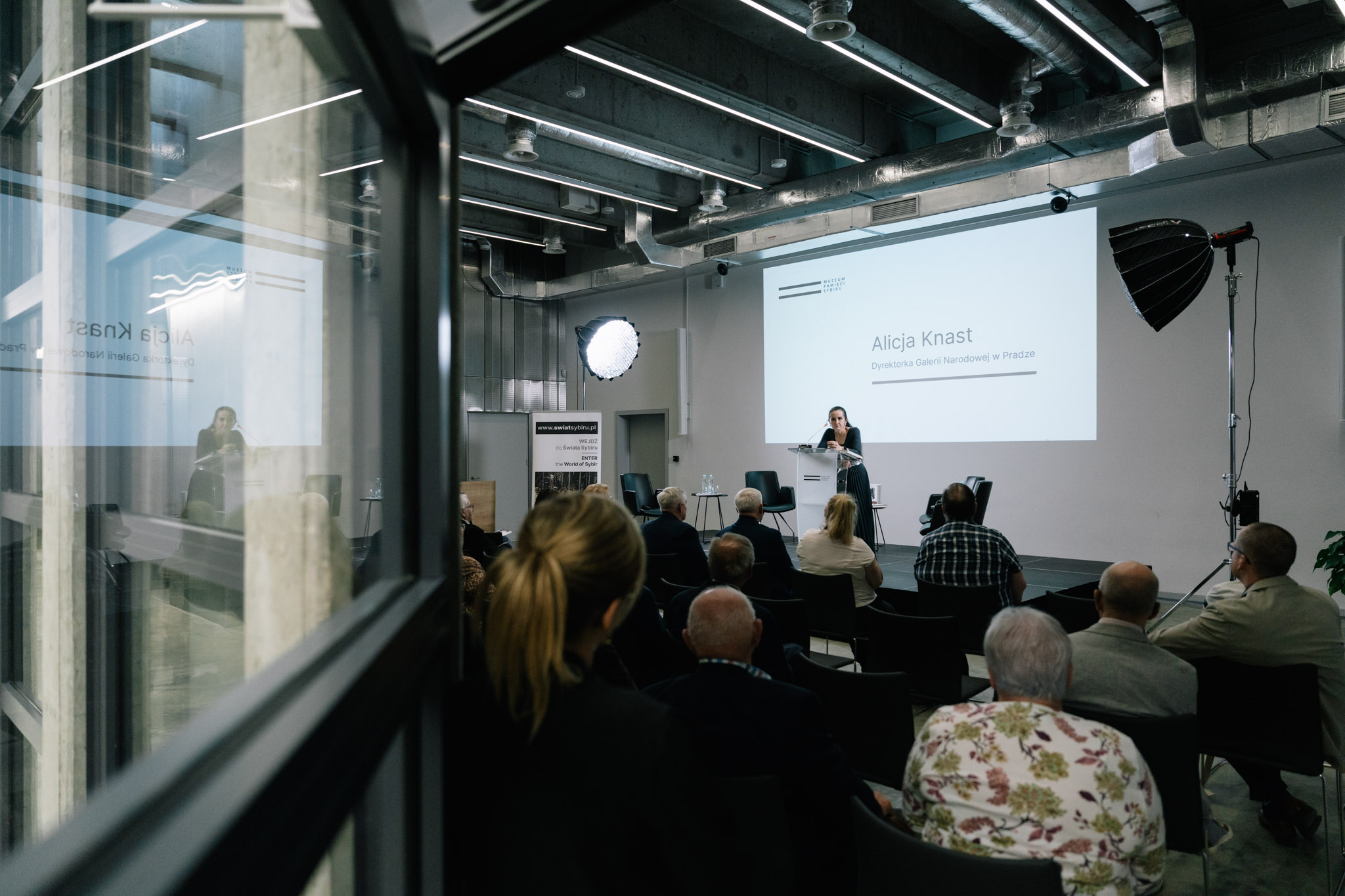The Sybir Memorial Museum has just published the last volume of the series — and the letters on the backs of the books spell out the word SYBIR.
An experienced cultural manager, a museologist with great achievements, educated in Poland and abroad, Alicja Knast — formerly the Director of the Silesian Museum, today the Head of the National Gallery in Prague came to Białystok to present the pride of our museum to the public at the promotional meeting — the popular science series that presents the history and importance of Polish Siberia in a concise and visually attractive way.
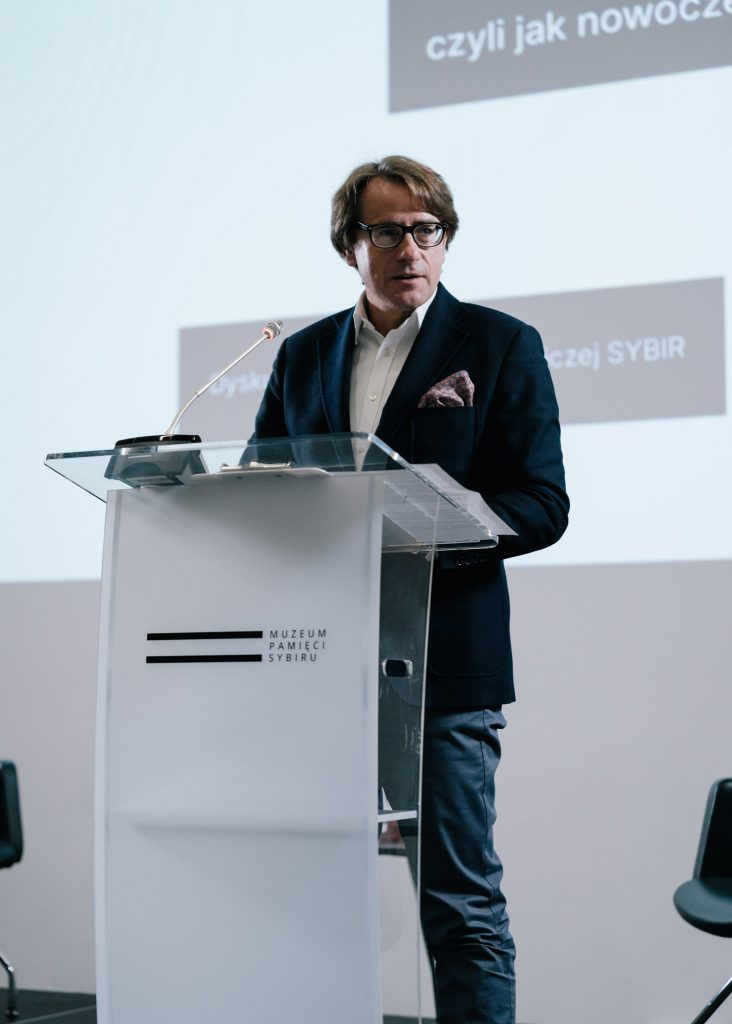
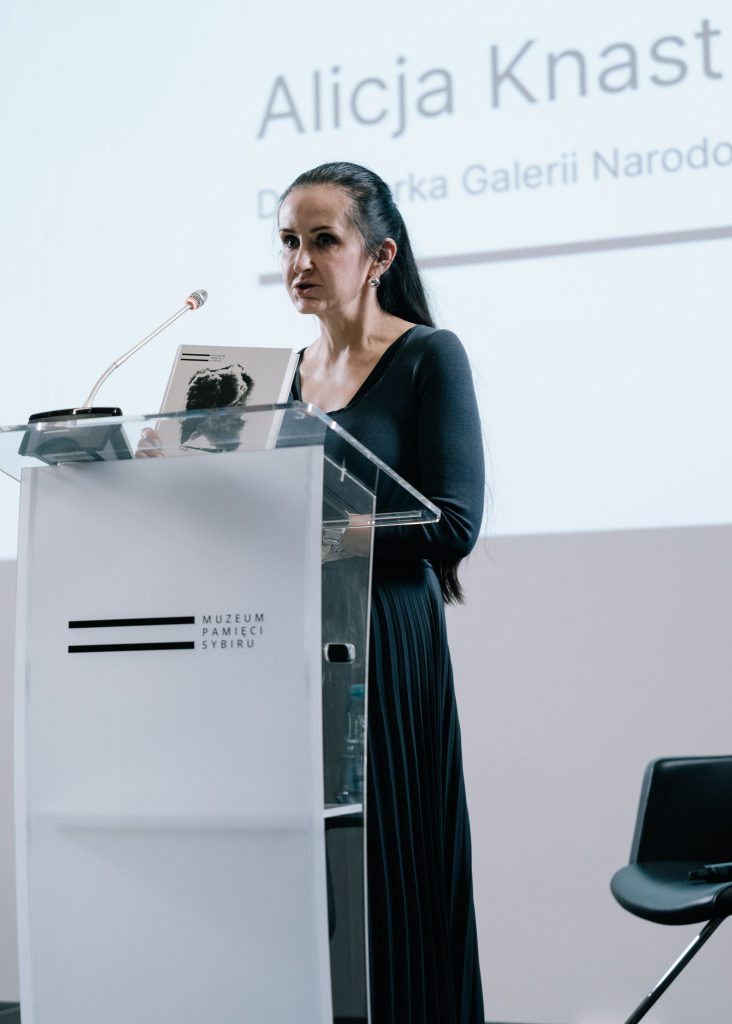
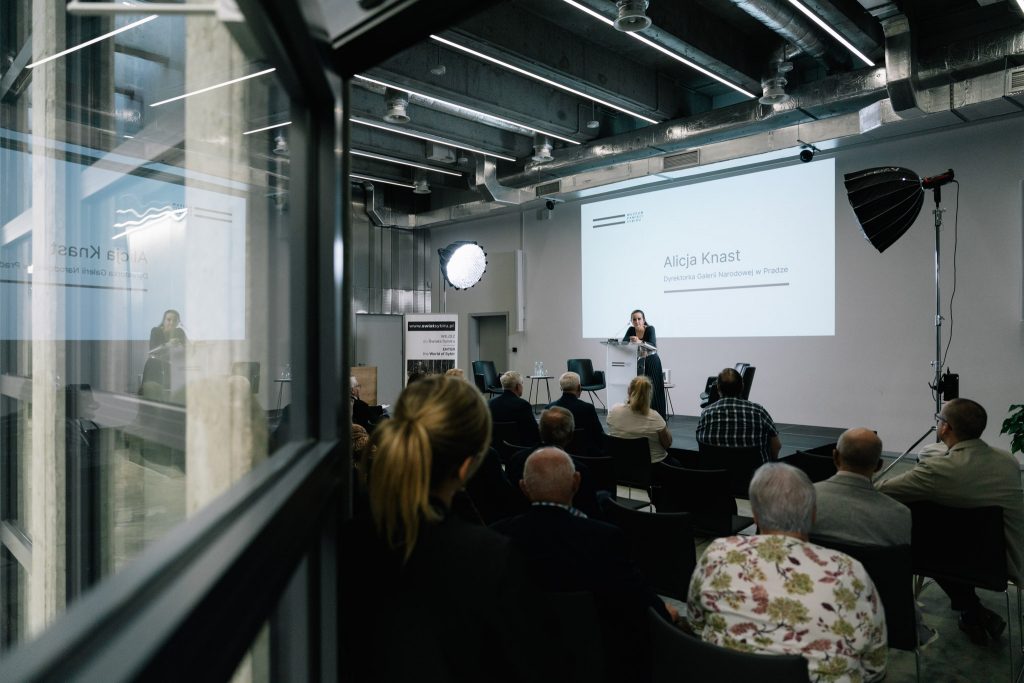
The speaker drew attention to the careful selection of iconography, starting with the covers: — These are outstanding graphics by Iwona Kolasińska, which reflect the content of individual volumes — Knast emphasized.
— Authors know that an image is a hot medium, compared to dry text. In the last volume there are photos that are worth a thousand words. But the use of photographs in these publications is ethical, they are not dramatic — she added.
The museologist paid a lot of attention to the editorial work, praising the language in which the books were written and the descriptions and titles were composed. — Authors could leave their jobs to work in advertising agencies, that is the perfect type of copywriting — she admitted.
Alicja Knast’s speech was followed by a conversation with the employees of the Scientific Department of the Sybir Memorial Museum, who were responsible for the preparation of the SYBIR series. It was led by Dominik Sołowiej.
Anna Pyżewska, who takes care of linguistic editing of the Museum’s books, paid attention to the balanced form of communication: — Writing is also the art of selection, reduction, and deleting unnecessary words. It is thinking about the audience. Although it seems so obvious to us that everyone knows who a Bolshevik is, for example, when we think about younger people — it does not have to be like that.
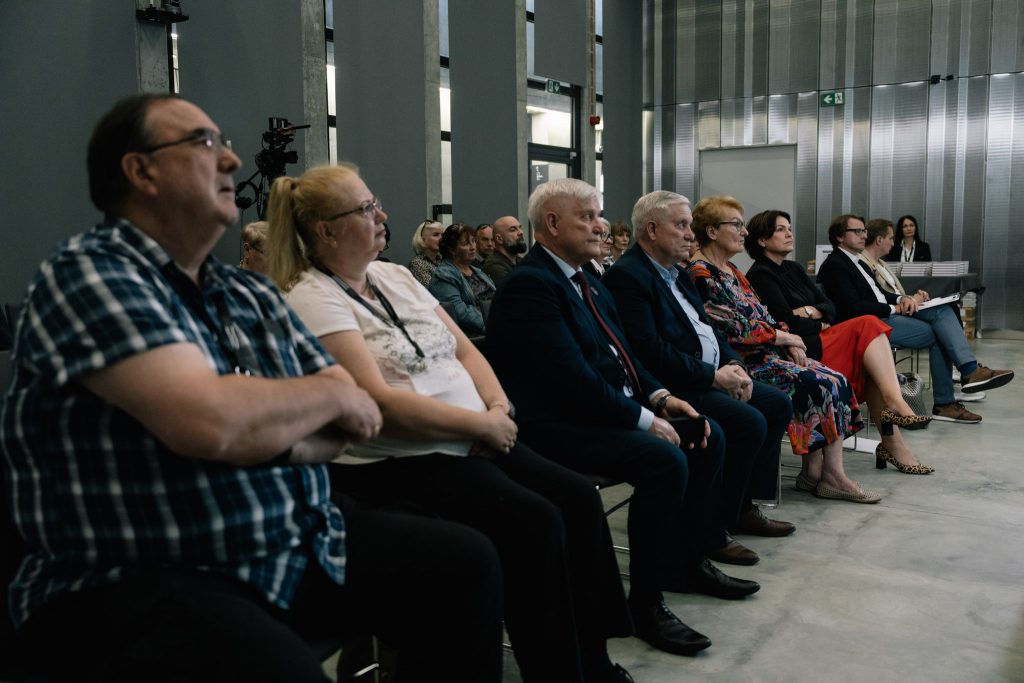
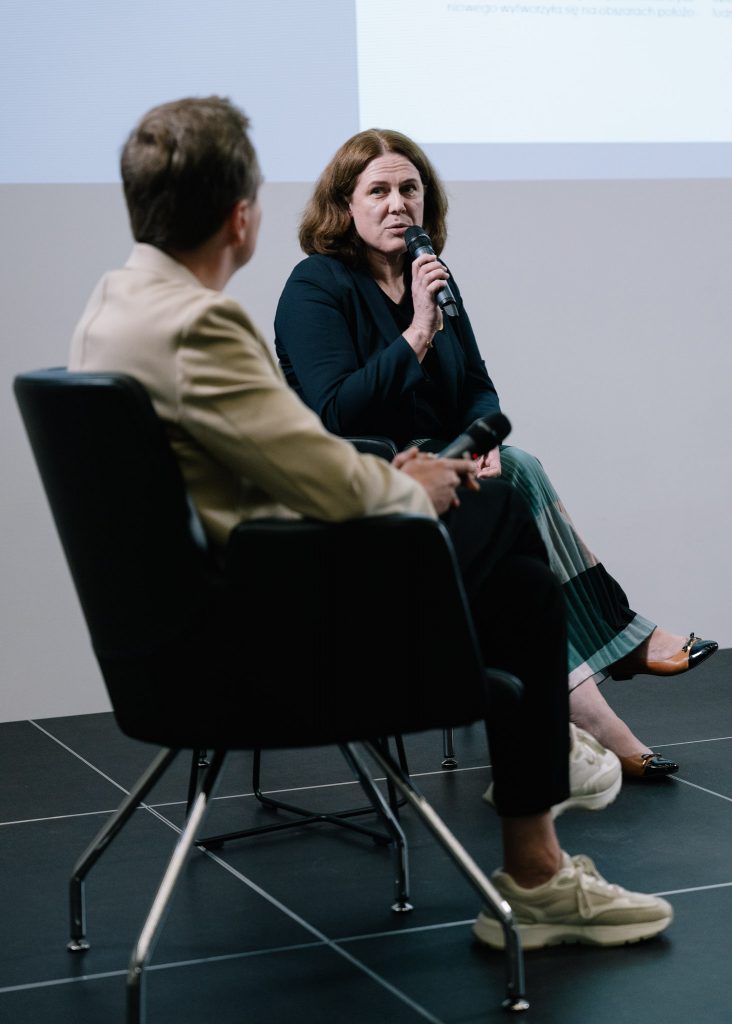
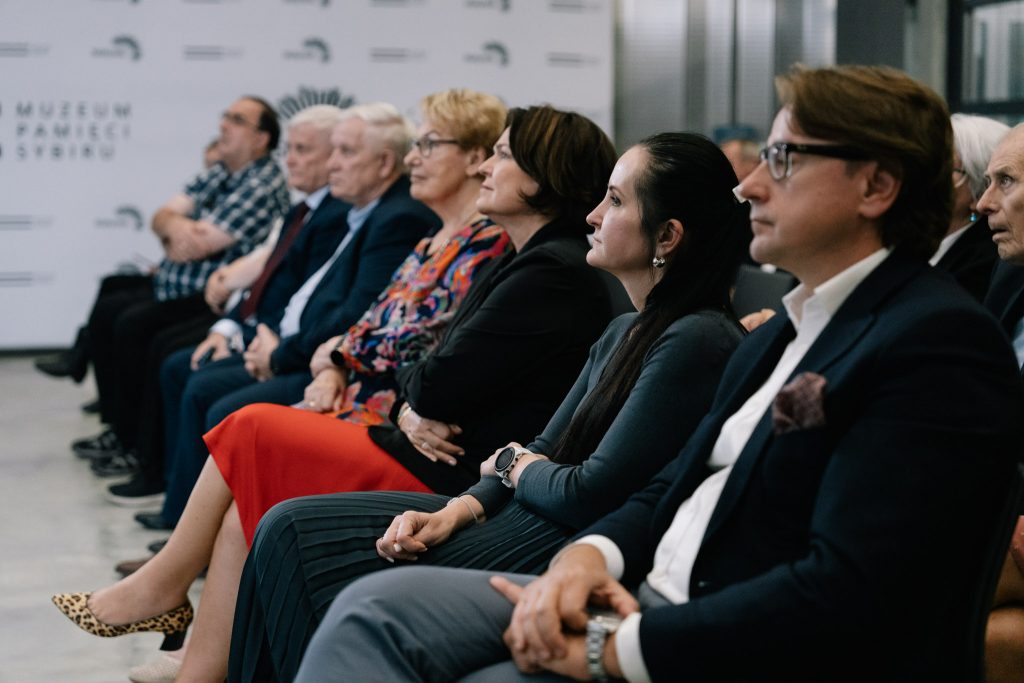
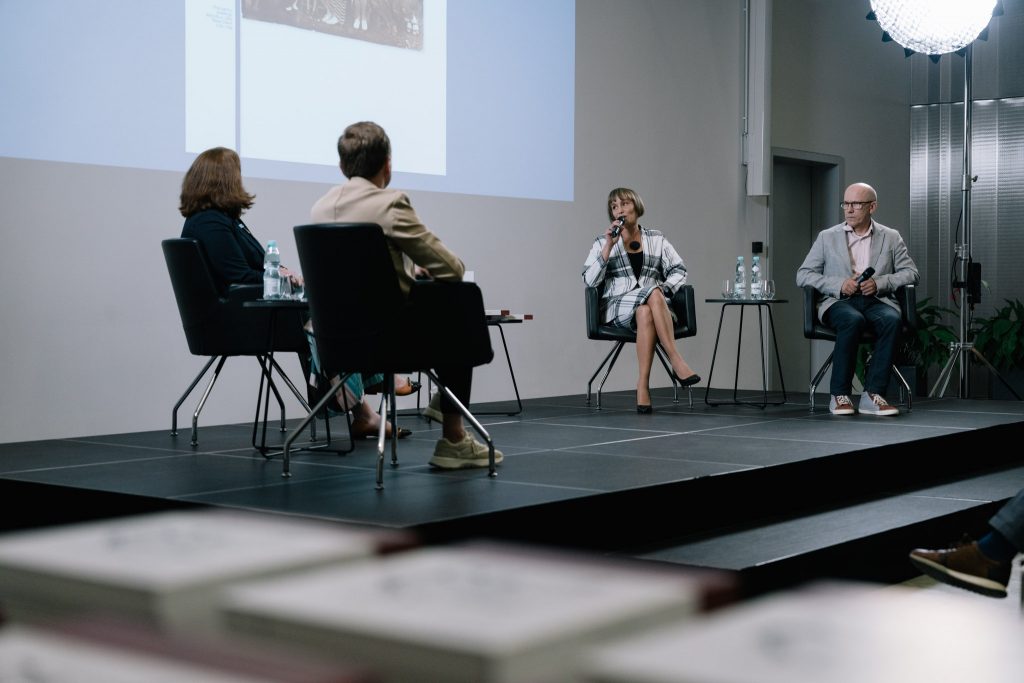
Tomasz Danilecki, PhD, referred to his and Anna Pyżewska’s journalistic experience: — It has taught us to think about the reader, a good editor thinks about him/her.
— The second school we passed on our development path is the museum — said Danilecki, PhD. — We worked on texts that were included in the permanent exhibition of our museum. It took a lot of discipline and thinking about the recipient to ensure that the texts were not what historians would like them to be. But don’t make them too long. How to write about the Bolshevik Revolution in 100 words? It’s extremely difficult.
— We wrote these texts many times, worked in a team, discussed. That’s why so now, while working on these publications, we thought about a recipient. And on top of that — the truth, which is essential and only the truth could defend itself here.
Sylwia Szarejko, PhD, was responsible for the selection of iconography. — If I receive a book and I am the first reader, I try to look for the key words in the content and select photos and reproductions according to them. Copyright was a big limitation, we can’t use every photo.
The host of the meeting referred to the graphic design of the books. — It is modern, it is similar to a website where, as we know, “less is more” — said Dominik Sołowiej. In this way, he referred to the popular science portal “Świat Sybiru” run by the Sybir Memorial Museum and edited by Danilecki, PhD:
— We do not avoid complicated texts, but we try to ensure that they are presented in an accessible language. After all, we all like it best when writing about history is more literature than science. This is the Anglo-Saxon view of transmitting science and knowledge. This is better received by the audience.
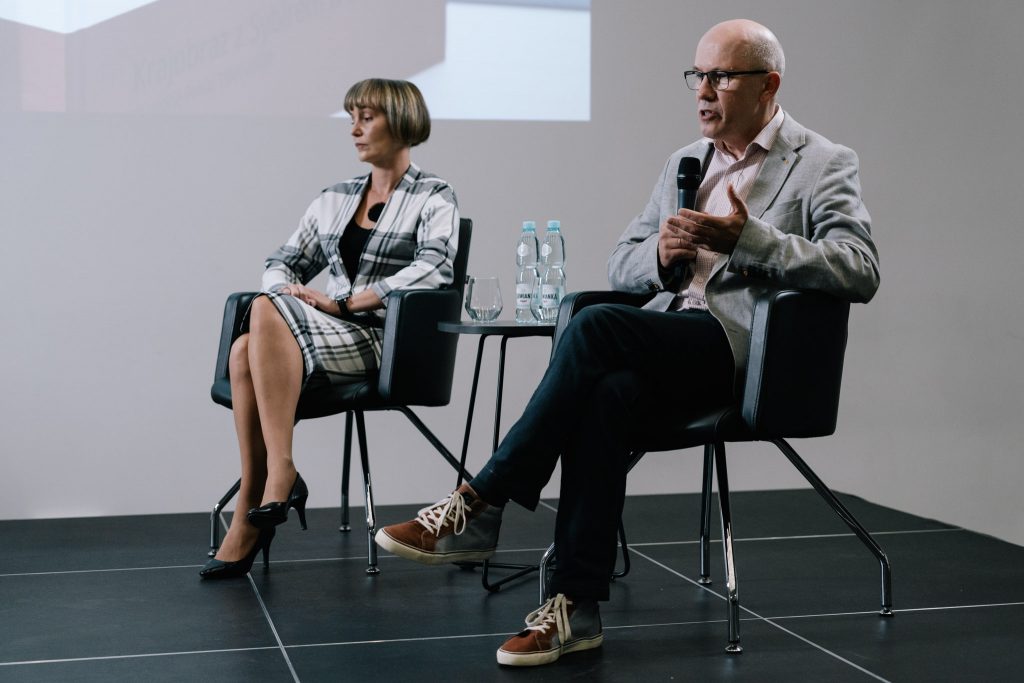
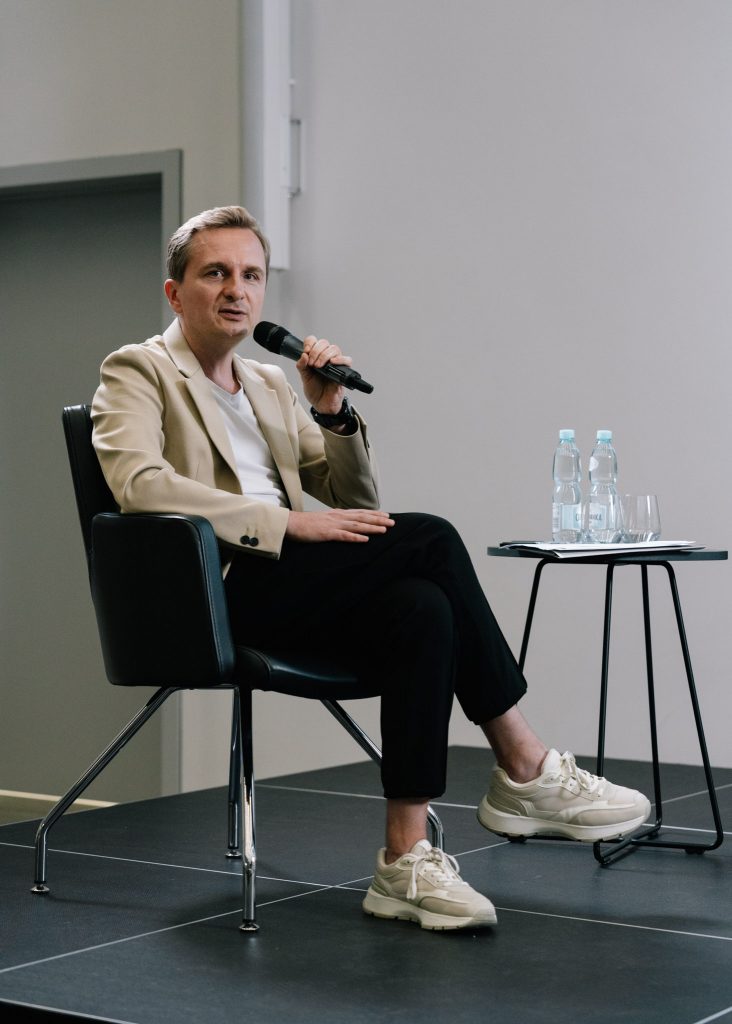
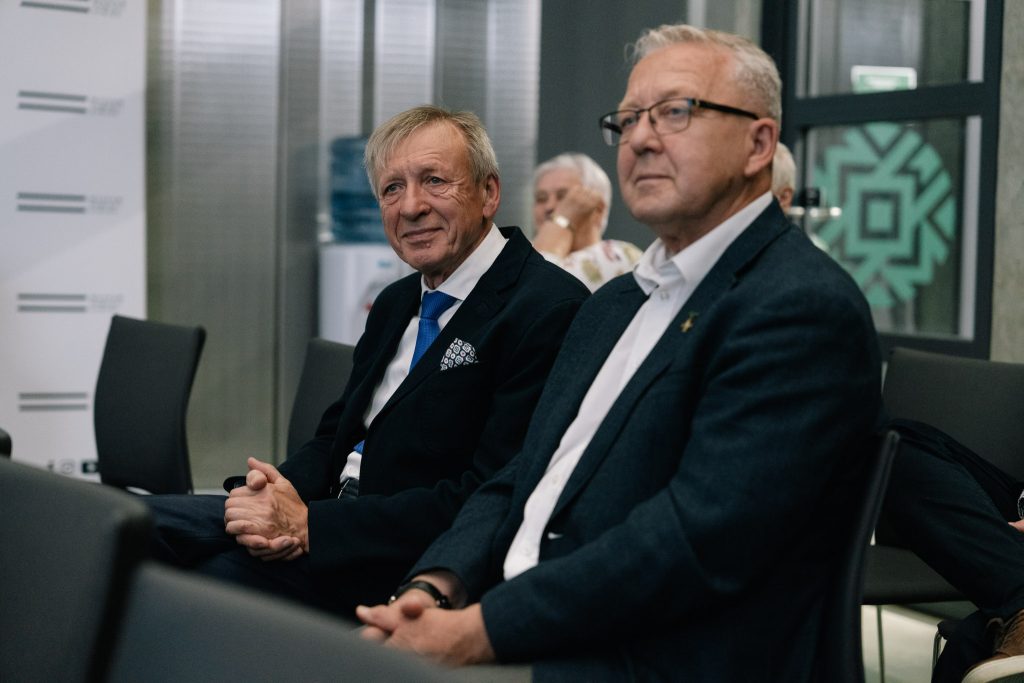
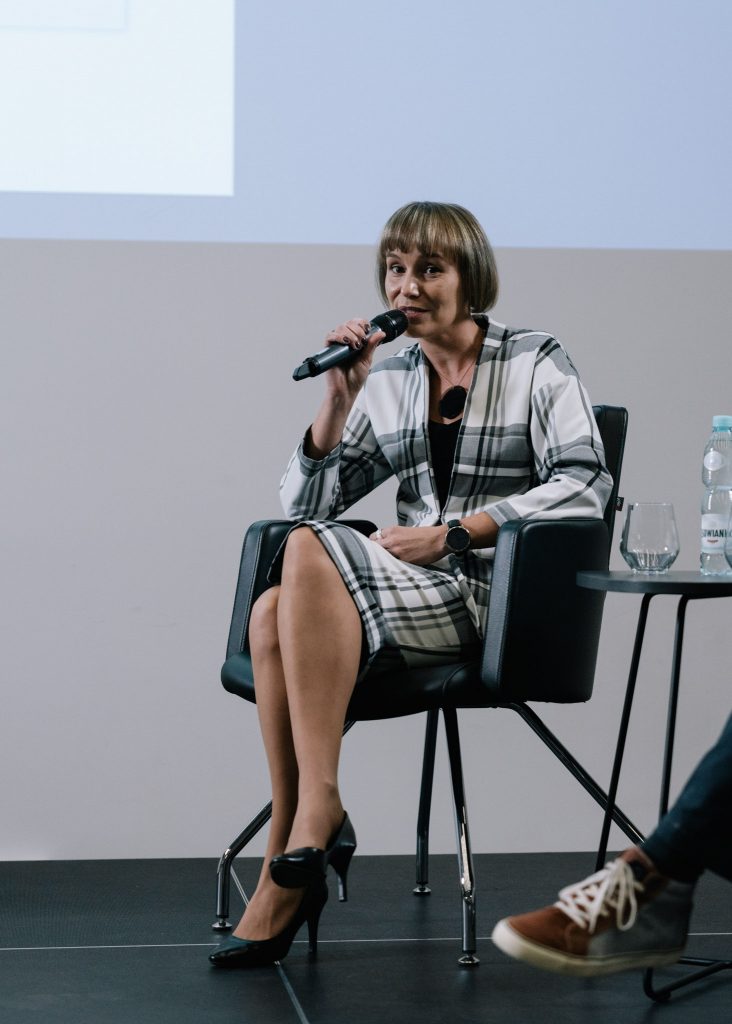
— The emotional component is extremely important to us — added Danilecki, PhD. — And this is contained in the accounts of Sybiraks. Emotions come from events, and life is always more complicated than imaginary scenarios.




